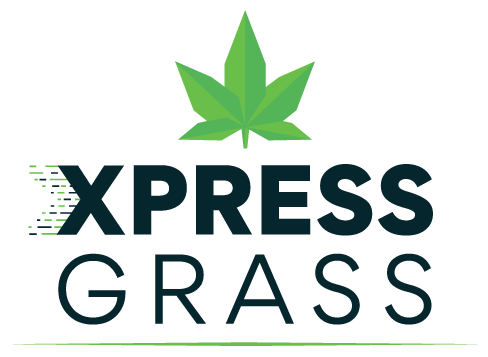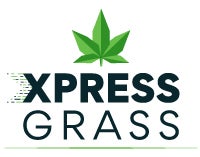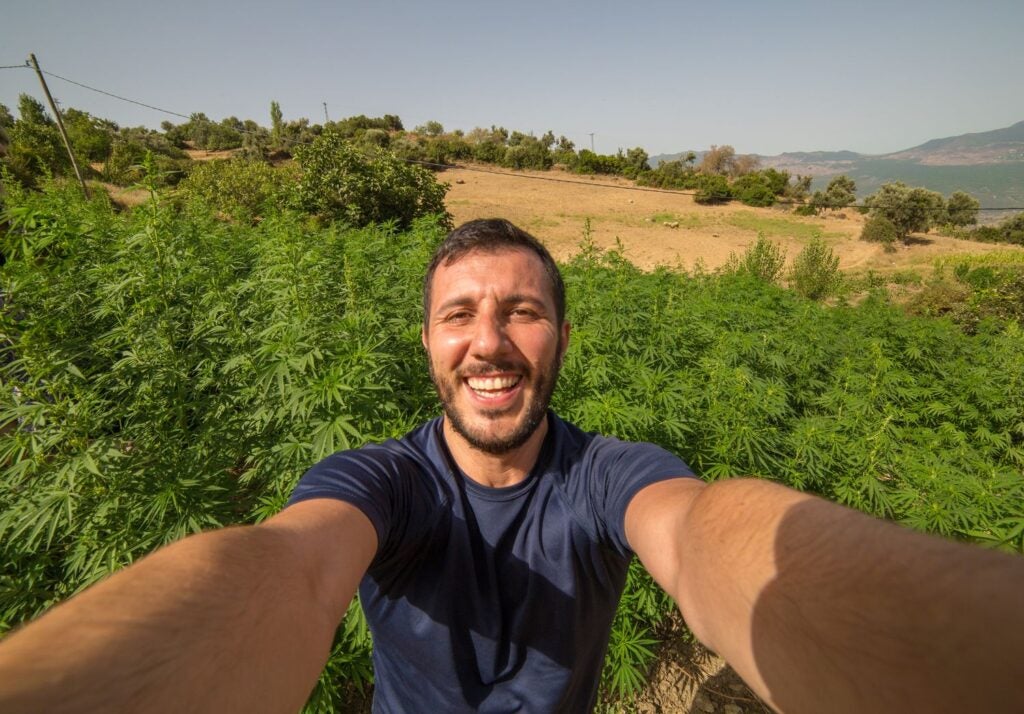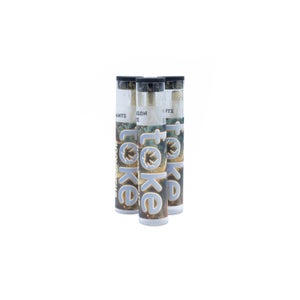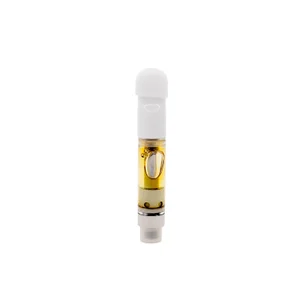Moroccan Hash in Canada has become the new go-to for old-school hash smokers. In this article, we dig deeper into the evolution and origins of Moroccan hash.
Moroccan hash is often considered an ancient, traditional product by many Europeans. The truth is that hashish culture in Morocco is relatively young, especially when compared to traditional producing countries of this cannabis concentrate. Indeed, while hashish production in areas like Central Asia dates back centuries.
This technique had not been used in Northern Africa until the second half of the 20th century. While the origins of cannabis cultivation in Morocco may date back several centuries, the cannabis plant has played a significant role in the region’s history. Hashish was not produced in this area until Westerners coming from Asia and Middle East told Moroccans about sieving cannabis plants.
Cannabis sativa, historically cultivated in Morocco, has been significant both medicinally and recreationally, with its resinous trichomes being crucial for hashish production.
Before that, Moroccans mostly smoked kief (also called kif, kifi, etc.) with their sebsi pipes, which was a mixture of dried and ground herbs like tobacco and cannabis. Hashish could also be found in small amounts, although it was often Lebanese hash.
Morocco has been called the Mecca of high-quality Moroccan hash
Morocco has been called the Mecca of hashish, as it is the largest producer of high-quality Moroccan hash in North Africa. According to some sources, the country is home to approximately 220,000 acres of marijuana ready for cultivation. While more common in Europe, quality Moroccan hash is almost impossible to find in Canada. Compared to other kinds of hash, Maroc produces a cerebral and active high. Moroccan hash stands out due to its unique characteristics and rich historical significance within the cannabis industry. Lightly aromatic, not too spicy. Compared to other kinds of hash, the taste is very mild. It is dark brown in colour, and the consistency is extremely hard.
Pro tip: To make it softer and easier to handle, seal it tight in a plastic bag and place in a bowl of hot water for 5 minutes.
Moroccan is the most common kind of Hash in the European market; it has only recently become possible for the average consumer to find other kinds of Hash on the street. Morocco is sold under many names: Standard, Melange, Premier, Zero, Zero-Zero, Sputnik, Pollen, Chocolate and probably many others. Unfortunately these names aren’t very useful, dealers sell everything which is slightly better than Standard under a variety of names. Real Pollen is light brown in colour and sold in thick, lightly compressed slabs. This type of high-quality hash is characterized by its light-brown colour, and when heated, it expands much more than other Moroccans. High-quality hash is often identified by its visual inspection, smell, and taste, with traditional methods like charas production and modern techniques such as ice-water extraction contributing to its purity and cannabinoid content.
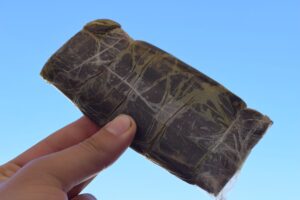
- Colour: Greenish to brown. Due to the relatively short growing season the plants retain a quite green color at harvest.
- Smell: Lightly aromatic, not spicy.
- Taste: Compared to other kinds of Hash the taste is very mild. Personally speaking the taste of Morocco is one of my favourites, it’s very soft on the throat (especially in good varieties like Pollen or Zero-Zero) and reminds of Weed.
- Consistency: It is quite variable, but generally quite hard. Morocco is usually sold in 0.5–1.5 cm thick slabs. Pollen is less pressed than normal Morocco, and ZeroZero is very soft, almost like Afghani.
Other forms of hashish may be solid or resinous depending on the preparation; pressed hashish is usually solid, whereas water-purified hashish—often called “bubble melt hash”—is often a paste-like substance with varying hardness and pliability; its colour, most commonly light to dark brown, can vary from transparent to yellow, tan, black or red. This all depends on the process and the amount of solvent left over.
Origins and History
Moroccan hash has a rich history that dates back centuries. The origins of cannabis cultivation in Morocco can be traced back to the 18th century when traders and travellers introduced cannabis to the region. However, it wasn’t until the mid-20th century that hashish production truly took off. Western travellers from the “Hippy Hashish Trail” brought with them ancient techniques from countries like Lebanon, Turkey, Afghanistan, Pakistan, India, and Kashmir. These travellers shared their knowledge of dry sieving, a method that involves sifting cannabis plants to collect the resin. This technique was then refined and scaled up to meet industrial production levels, transforming Morocco into a major source of hashish for the European market. The introduction of these methods marked a significant turning point in the history of Moroccan hash, establishing it as a staple in the global cannabis trade.
Traditional Techniques
The traditional technique of producing Moroccan hashish involves several meticulous steps, from harvesting the cannabis plants to processing the resin into the final product. The process typically begins with hand-rubbing the cannabis plants to collect the resin. Farmers beat the plants with sticks to release the resin glands, which are then collected at the bottom of a container. This raw material is carefully sifted to separate the finest resin from plant matter.
The resulting powder is then hand-pressed or placed into cellophane bags and pressed with an industrial press to form solid blocks of hashish. The best qualities of hashish are often reserved for local consumption and the producers themselves, while the Rif area exports tens of tons of commercial hashish to Europe. This traditional method ensures that Moroccan hash retains its unique characteristics and high quality, making it a favourite among cannabis enthusiasts worldwide.
Characteristics and Varieties
Moroccan hash is renowned for its unique characteristics and varieties. It has a distinct appearance and texture, with a smooth and pliable consistency that makes it easy to handle and manipulate. The aroma of Moroccan hash is rich and aromatic, often described as earthy, spicy, and slightly sweet. Known for its potency, Moroccan hash boasts a high concentration of cannabinoids, particularly THC, which contributes to its intense effects. There are several varieties of Moroccan hash, each with its own distinct characteristics and flavour profiles.
Blonde Moroccan Hash is light in colour and has a milder flavour, while Black Moroccan Hash is darker and more robust. Mixed Moroccan Hash combines elements of both, offering a balanced experience. These varieties cater to different preferences, ensuring that there is a type of Moroccan hash to suit every taste.
What about Moroccan Hashish in Canada?
Is Canadian cannabis even right for hash? Few people are even talking about hash. Producers aren’t making a lot of it, and consumers don’t seem to want it in the wake of sexier concentrates. Among friends and peer groups hash smokers are in the minority. Consuming Moroccan hash, for instance, involves various methods such as smoking in pipes and bongs, vaporization, and incorporating it into edibles, which highlights its popularity in Canada and globally.
But, as many point out, is Canadian hash even necessary? “We don’t need to make hash here because our weed is already spectacular. “Over in Pakistan, people want to smoke cannabis flower but they don’t have access to good bud, “so they are left with no other option than making a spliff” using tobacco and their local, top-tier hash.
Hash in Canada: A classic cannabis trade supply and demand story
In Canada, available hash has ebbed and flowed over the decades. Twitter user @TheGuyFromWpg remembers hash in 1970s Winnipeg as far superior to the available weed. “I never had any bad hash. Not once.” However, he recalls there was rarely a selection beyond Moroccan green or Lebanese blonde. “Later in the ‘70s, I ran across black hash a few times, which I think was from Afghanistan, but I’m not 100% sure. Amazing and so strong, we thought some of it might be cut with opium, but probably not; we were just really high.”
A Health Canada-approved hash product will never have the romance of minimally processed, family-run operations high in the Himalayan range. But we shouldn’t forget the Canadian hash industry is also extremely young, without the luxury of centuries-old growing regions and production knowledge passed down through generations. As such, it may take a while to establish our own standards of unique excellence. There’s no shortage of selection online for hash heads, but the real stuff is undeniably better than any hash or cannabis concentrates made in Canada.
Shatter is great, and in many ways stronger than this, but the body high this hash gives is second to none. Even if you don’t normally smoke hash, you should buy this now. All clients and staff who have tested it can vouch for its quality. Morocco is the Hash capital of North Africa and is said to produce the finest Hash in the world.
New York does pizza, Vancouver does sushi, Morocco does Hash.
Modern Perspectives and Legal Status
In recent years, there has been a shift in the global cannabis landscape, with many countries reforming their laws and regulations regarding cannabis. In Morocco, hashish production remains a significant aspect of the country’s economy and heritage, despite being illegal. The Moroccan government has grappled with its production and export, as it continues to be a major source of hashish for the European market. In other countries, the legal status of Moroccan hash varies. Some countries tolerate or decriminalize its sale and consumption, while others prohibit it entirely. In Canada, Moroccan hash is legal for recreational use, following the country’s legalization of cannabis in 2018. This changing legal landscape reflects a growing recognition of the cultural and economic importance of hashish production, as well as a shift towards more progressive cannabis policies worldwide.
Uses and Effects
Moroccan hash is prized for its unique effects, which are often described as more intense and sedating compared to other cannabis products. It is believed to provide pain relief, relaxation, and stress relief, making it a popular choice for those seeking therapeutic benefits. Moroccan hash contains cannabinoids that have anti-inflammatory properties, which can be beneficial for individuals with inflammatory conditions. Some studies suggest that cannabinoids found in Moroccan hash may have neuroprotective effects, potentially protecting the brain from damage caused by conditions like Alzheimer’s disease, Parkinson’s disease, and traumatic brain injury. Moroccan hash can be consumed in a variety of ways, both traditional and modern. Whether smoked in a pipe, rolled into a joint, or vaporized, it offers a versatile and enjoyable experience. Many users appreciate the ritualistic and social aspects of smoking hash, making it a cherished part of cannabis culture.
